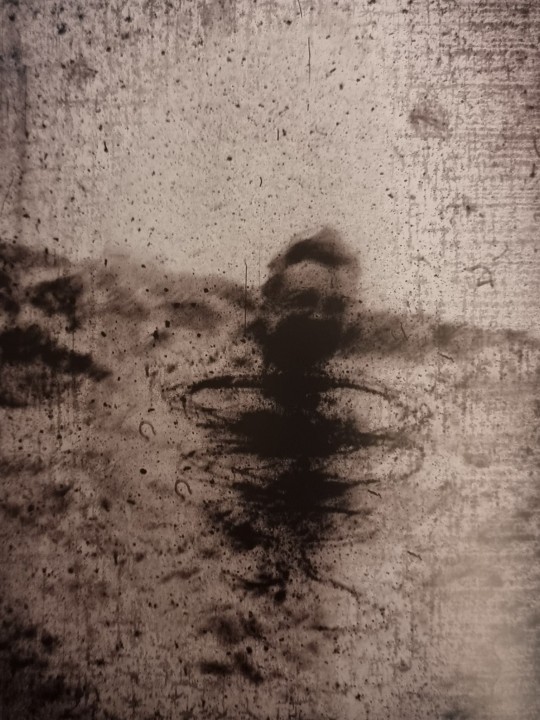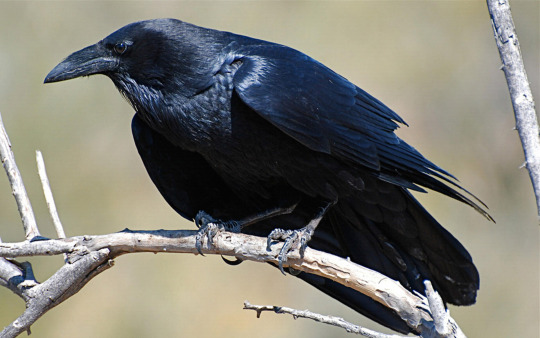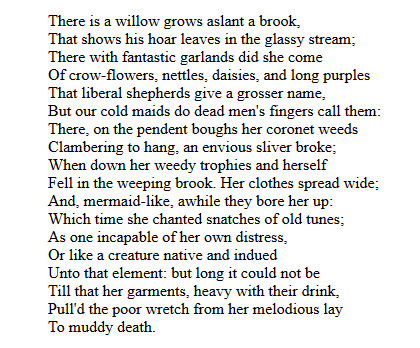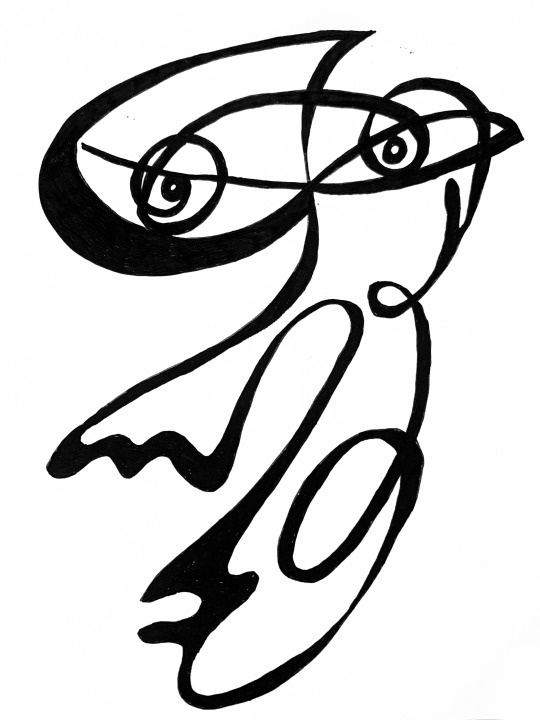#osvath
Text


Die Möwe Jonathan mit leerem Löffel
#world trade center#wtc#art#kunst#lyrik#ottn#steffen osvath#osvath#notre dame#ewig#Ewigkeit#endlich#tod#leben
13 notes
·
View notes
Text
After sharing the bird play vs tool use paper, a lot of people expressed interest in animal behaviour + play - I love cognition with a focus on play behaviour, which I feel is an aspect that is seriously undervalued by a lot of people.
Here's a misc list of some animal behaviour papers I enjoy with focus on play! (They should all theoretically be open access and available)
• Animal Play and Welfare by Suzanne D. E. Held & Marek Spinka
• Play Behavior in Crocodilians by Vladimir Dinets
• What is play fighting and what is it good for? by Sergio M. Pellis & Vivien C. Pellis
• Problem of reptile play: Environmental enrichment and play behavior in a captive Nile soft-shelled turtle, Trionyx triunguis by Gordon M. Burghardt, Brian Ward & Roger Rosscoe
• An Exploration of Play Behaviors in Raven Nestlings by Mathias Osvath, Helena Osvath, and Rasmus Bååth
• Play behavior in ectothermic vertebrates by Vladimir Dinets
• Adults Play but Not Like Their Young: The Frequency and Types of Play by Belugas (Delphinapterus leucas) in Human Care by Heather Hill & Domonique Ramirez
• On the Proximate Links Between Object Play and Tool Use in the Context of Stone Handling Behavior in Balinese Long-tailed Macaques by Camilla Cenni (Masters Thesis)
30 notes
·
View notes
Text
"When I was once telling a friend that this was my favorite way of bird-watching, I said something about how 'it’s as if I’m not there at all.' We laughed ruefully at how this sounded: me on the ground in the cemetery, not moving, surrounded by graves. Besides being a genuinely good way to see birds, it was also a form of self-erasure—as though only by imagining myself to have exited the living world could I absolve myself of being human, the species responsible for the demise of birds and so much life on Earth. The wish to disappear was a wish for bird-watching without the watching: just birds.
"Ackerman mentions an 'only partly tongue-in-cheek' speculation offered by Mathias Osvath, a cognitive-science researcher who works frequently with corvids. These birds have learned to use human civilization for food and shelter (for example, memorizing the schedule of garbage trucks), and Osvath says that if we were to disappear, the selective pressure might push them to become superintelligent, 'the next big thinkers.' There’s a calm comfort in imagining a crow society devoid of humans. But I can’t let myself rest there. I must get up from my spot in the cemetery and return to the present, where the experiences of birds and humans are entangled, where our behavior matters."
Jenny Odell, "Why Birds Do What They Do"
55 notes
·
View notes
Text
Tom Osvath: @toz.tattoo Mayday Tattoo Co: @maydaytattooco 🔥Hell City Columbus: @hell_city🔥 ⚡️May 17th-19th: @hyattcolumbus⚡️ BOOK YOUR ROOMS BEFORE THEY SELL OUT! Be sure to contact The @hyattcolumbus directly at 614-463-1234 or Email [email protected] Hyatt Regency- Group Code: G-HC24 Don’t forget to Mention “HELL CITY” for a Special Festival Rate!

0 notes
Text
'Surreal' killing of 4 chimpanzees has zoologist reconsidering ties with Swedish zoo
‘Surreal’ killing of 4 chimpanzees has zoologist reconsidering ties with Swedish zoo
As It Happens6:30‘Surreal’ killing of 4 chimpanzees has zoologist reconsidering ties with Swedish zoo
Cognitive zoologist Mathias Osvath cannot wrap his head around why the Furuvik Zoo fatally shot four of Sweden’s beloved chimpanzees.
Linda, Santino, Torsten and Manda broke out of their enclosure last Wednesday and were on the loose inside the zoo’s “monkey house.” Furuvik Zoo was closed to the…

View On WordPress
0 notes
Text
Sweden Furuvik zoo: Anger over shooting of chimpanzees in zoo escape
Sweden Furuvik zoo: Anger over shooting of chimpanzees in zoo escape
“I knew them personally, I would say. I’ve hugged Manda, I’ve kissed Linda and I’ve had tugs of war with Santino,” said Mathias Osvath, who pointed out the chimpanzees had broken out of their enclosure many years ago, when there were visitors inside the zoo.
View On WordPress
0 notes
Text
Cuervos: Las aves mas inteligentes
Hasta el siglo XXI, se creía que las aves eran unas simplonas. ¿Cómo puedes ser inteligente con un cerebro del tamaño de un fruto seco?
Pero cuanto más estudiamos la inteligencia de las aves, más supuestos desmentimos. Por ejemplo, algunos estudios han demostrado que los cuervos elaboran herramientas o resuelven acertijos, y los loros cuentan con un vocabulario muy diverso.
Las aves aprovechan el espacio reducido de sus cerebros diminutos, que contienen muchas neuronas; de hecho, muchas más que los de los mamíferos.
Pero ¿qué es lo que le otorga a un ave la cualidad de la inteligencia? La definición debería ser mucho más amplia de lo que es, según muchos científicos.
«Son capaces de volar a Argentina, volver y aterrizar en el mismo bosque. No valoramos ese tipo de inteligencia en muchos otros organismos», afirma Kevin McGowan, experto en cuervos del Laboratorio de Ornitología de Cornell en Ithaca, Nueva York. «Hemos restringido el terreno de juego a cosas que creemos que solo nosotros podemos hacer».
Pero si nos referimos a inteligencia estándar —como imitar el habla humana o resolver problemas— «siempre se reduce a psitaciformes [loros, cacatúas, etc.] y córvidos», afirma McGowan.
Un estudio publicado en 2017 en la revista Science reveló que los cuervos grandes planifican las tareas con anterioridad, una conducta que se creía exclusiva de los humanos y sus parientes.

En el sencillo experimento, los científicos enseñaron a las aves cómo una herramienta podía ayudarles a acceder a comida. Cuando les ofrecieron una selección de objetos casi 24 horas después, los cuervos escogieron de nuevo esa herramienta específica y la usaron para conseguir la comida.
«Algunos monos no han podido resolver tareas como esta», explicó Mathias Osvath, investigador en la Universidad de Lund, Suecia, en una entrevista anterior.
Aunque a las cornejas se les da prácticamente igual de bien resolver pruebas de inteligencia, McGowan insiste en que tienen una memoria asombrosa para recordar las caras humanas si dicha persona en particular supone una amenaza.
«Parecen ser conscientes de que cada persona es diferente y que necesitan acercarse a ellas de forma diferente».
Los loros grises africanos
Aunque muchas especies de loros tienen la tendencia a reproducir el habla humana, el loro gris africano es el más diestro.
«Pasan muchas cosas por esos diminutos cerebros del tamaño de nueces», afirma McGowan. «Y viven tanto tiempo que pueden acumular mucha inteligencia y muchos recuerdos».
En la década de 1950, la psicóloga comparativa de Harvard Irene Pepperberg comenzó a enseñar sonidos en inglés a un loro gris africano llamado Alex. Antes de morir prematuramente en 2007, Alex aprendió casi 100 palabras, podía usarlas en su contexto e incluso entendía los conceptos de igual, diferente y cero.
Ahora Pepperberg trabaja con otro loro gris africano, Griffin, en la Universidad de Harvard. Griffin es capaz de identificar formas y colores y está trabajando en el concepto de cero.
Fuente: https://www.nationalgeographic.es/animales/2018/03/por-que-los-cuervos-son-las-aves-mas-inteligentes-del-planeta

0 notes
Text
0 notes
Photo





mitski - last words of a shooting star // william shakespeare - hamlet // peter osvath, viktor voros and sandor fekete - gender issues on suicide risk factor assessment (from suicidal behaviour: assessment of people-at-risk) // margaret atwood - the robber bride
12 notes
·
View notes
Text


Die Möwe Jonathan mit leerem Löffel
#lyrik#Gedicht#ottn#osvath#steffen osvath#kunst#art#Vergangenheit#Traurigkeit#Erinnerungen#Leben#sterben#tod
8 notes
·
View notes
Link
A Croatian born artist Vesna Tenodi who has an Art Centre in the Blue Mountains stole the sacred image of the Wandjina in 2009 and commissioned a large Wandjina sculpture at the front of her gallery and has produced many contemporary works misusing the sacred image ever since.
Many of the local First Nations people objected strongly and a Worora Tribal custodian of the Wandjina travelled over 4,000 kilometers from West Kimberley to tell her the statue seriously offended his people, but she discarded what he said by saying her actions were a "revival of Aboriginal spirituality", even though she was born on another continent and the culture of the sacred Wandina is still practiced by its peoples.
...
Ms Tenodi is the owner, together with her husband Damir, of the ModroGorje Wellness and Art Centre in the Blue Mountains, New South Wales.
Originally from Croatia, Tenodi ruffled feathers in 2009 when she published her book "Dreamtime Set in Stone: The Truth about Australian Aborigines", an exploration of Indigenous culture that was dedicated to "the Aboriginal people and to the Aborigine in each of us". But the book offended many local First Nations people, not least for its illustrations of Wandjina, the sacred creator.
According to Vesna Tenodi, her unauthorised and inappropriate representation of the carved Wandjina (using the spelling 'wanjina') was meant to be the Dreamtime set in stone, a celebration of reconciliation and a "revival of Aboriginal spirituality".
"It's totally inappropriate for a non-indigenous person to be doing Wandjina's, especially without permission," said Chris Tobin, a member of the local Dharug people who works as a guide with the National Parks and Wildlife Service.
"Aboriginal law is very specific on what you can and can't do with Wandjinas."
A spokesperson from Blue Mountains City Council confirmed a development application was required to be lodged for the sculpture because the property contains a building of heritage.
She said council understands a development application from the gallery owner is forthcoming, but no such application was received.
Work began on the sculpture within the property in December 2009.
When the sculpture was complete, the owner of Coo-ee Aboriginal Art Gallery in Bondi, Adrian Newstead, said local First Nations people have every right to be disgusted. "Only a few Aboriginal artists ever win the right to depict Wandjina, and only then after years of initiations and ceremonies. And then this artist rocks up and says, 'Bugger all that; I'll just do whatever I like'."
Dharug man Chris Tobin warned her about the cultural misappropriation, but she ignored him out of hand, and matters escalated after she commissioned the Sydney artist Ben Osvath to sculpt the sandstone mural of a Wandjina. She describes the work as a "magic stone" with "special healing powers". The night before its unveiling on March 6 it was attacked with an axe.
"Some of the locals are going on with the whole 'you are stealing our culture' routine," Osvath says. "But I am an art teacher, and in art it's anything goes."
According to Mrs Tenodi's book "those who matter" were consulted, but when it came to being more specific she refused to answer any questions.
4 notes
·
View notes
Photo

Scientists need to stop underestimating these brilliant corvids.
Ravens Surprise Scientists By Showing They Can Plan
As recently as 10 years ago, humans were thought to be the only species with the ability to plan.
Recent studies on great apes showed the ability is not uniquely human. Now, scientists in Sweden have come to the surprising conclusion that ravens can also deliberately prepare for future events.
"It is conservative to conclude that ravens perform similarly to great apes and young children," the researchers write. However, monkeys have failed similar experiments.
We've known that ravens, and other members of the corvid family, are smart. Previously, they were shown to think ahead by caching food to eat later.
But some scientists argued that food caching was not proof of an ability to plan because the birds could simply be biologically wired to do so, cognitive zoologist Can Kabadayi from Lund University tells The Two-Way.
So, Kabadayi and co-author Mathias Osvath set up a series of experiments to see if five ravens could flexibly plan during tasks that they don't do in the wild: using tools and bartering. These are similar to studies done on great apes. Their findings were published today in the journal Science.
A raven flies in the Seedskadee National Wildlife Refuge in Wyoming. Tom Koerner/U.S. Fish and Wildlife Service
848 notes
·
View notes
Photo

Like Humans and Apes, Ravens Can Plan for the Future
The birds were able to choose and hold onto a tool that could unlock an eventual reward
by Jason Daley
There’s no doubt that corvids—the family of birds that includes crows, ravens, jays and magpies—are smart. But as Ed Yong at The Atlantic reports , a new study on ravens shows just how intelligent the birds are. Researchers found they can actually delay gratification and plan for the future—a skill only previously documented great apes and in humans age four and older.
Lund University researcher Mathias Osvath raised five ravens for this study at his farm in Sweden. According to Yong, Osvath and his colleagues set up an experiment in which they trained the birds to open a puzzle box by dropping an oblong stone into a tube, which unlocked a box of tasty dog kibble. The researchers then moved the puzzle box out of the bird's sight. An hour later, they offered the birds a tray covered with enticing objects, including the stone that opens the puzzle box.
Though the birds had no knowledge of whether the kibble box would return or not, the ravens chose the box-unlocking stone from the tray in 86 percent of the tests. In a similar experiment, the birds exchanged a blue bottle cap for a treat. As Yong writes, "the cap had no intrinsic value and the birds" and they had no idea if the same researcher would return with food. But as with the case of the stone, in majority of the cases, the birds chose the tool that had a possibility of obtaining food in the future. They published their results in the journal Science...
(read more: Smithsonian Magazine)
photograph by BombTime | Wikimedia Commons
#raven#corvid#birds#birdwatching#animals#nature#animal intelligence#animal behavior#science#ornithology
150 notes
·
View notes
Photo

Excited to be a Friday presenter at this conference in March along with these amazing people! From the committee: We are thrilled to announce our Friday, March 6, 2020 Presenters! Details on the Presenters and their respective Friday Sessions have been posted to our website, http://www.flcreativity.com Also, don't forget to Register with our SUPER EARLY BIRD option. Available now through December 1, 2019. Friday, March 6, 2020 Presenters:
Donna Pace
Andrea Hylen
Michelle Korenfeld
Leslie Austin, Ph.D.
Kitty Heusner
Kathy Leydon-Conway
Latise Hairston
Rachael Schaeffer Wolfe
Gert Garman
Michael Kline
Suzanne Dameron
Izzy Gesell
Csaba Osvath #FLCC #floridacreativityconference #floridacreativity #creativityconference #sarasota #florida #FridayPresenters #SpringinSarasota #creativity #entrepreneurs #business #nonprofit #educators #students #notjustforcreatives https://www.instagram.com/p/B5DRRw9hkt6/?igshid=q54qjqfc594w
#flcc#floridacreativityconference#floridacreativity#creativityconference#sarasota#florida#fridaypresenters#springinsarasota#creativity#entrepreneurs#business#nonprofit#educators#students#notjustforcreatives
0 notes
Text
Brigitte Osvath, nouvelle correspondante de la NR
Sur le plan professionnel, Brigitte Osvath a mené une carrière de consultante en ressources humaines pendant vingt ans avant de changer de métier, ...
from Google Alert - "ressources humaines" -H/F https://ift.tt/2oe53TI
0 notes





